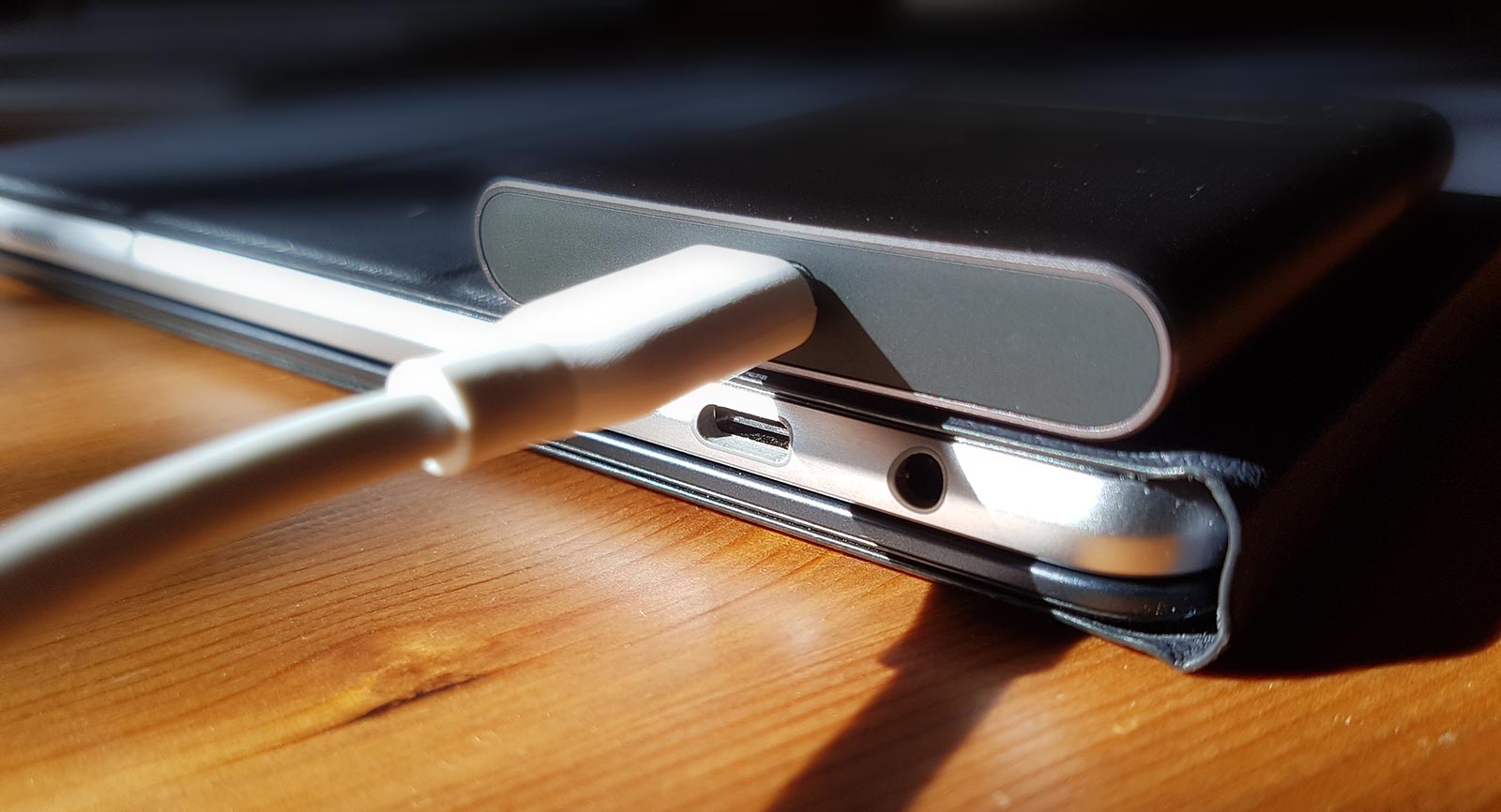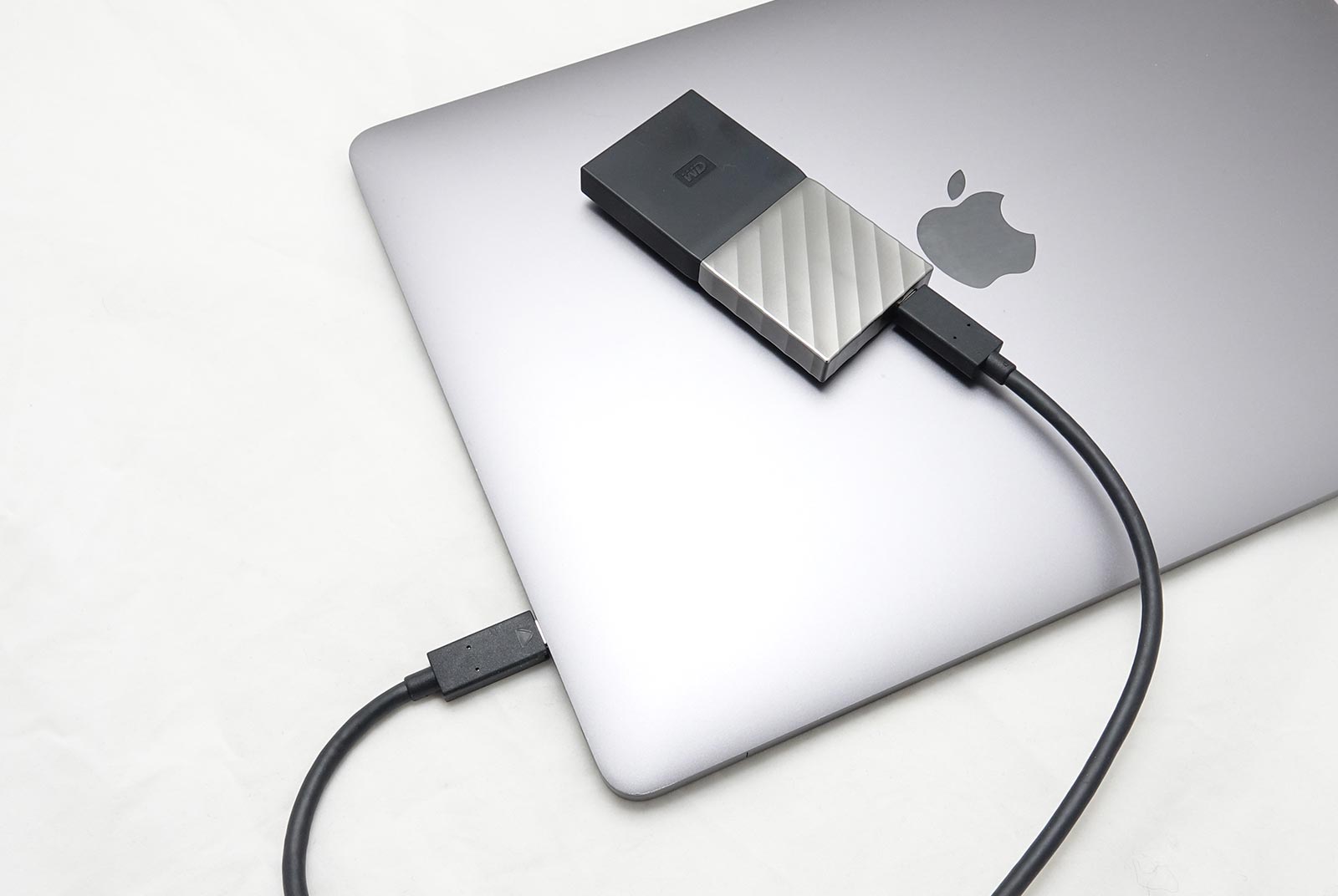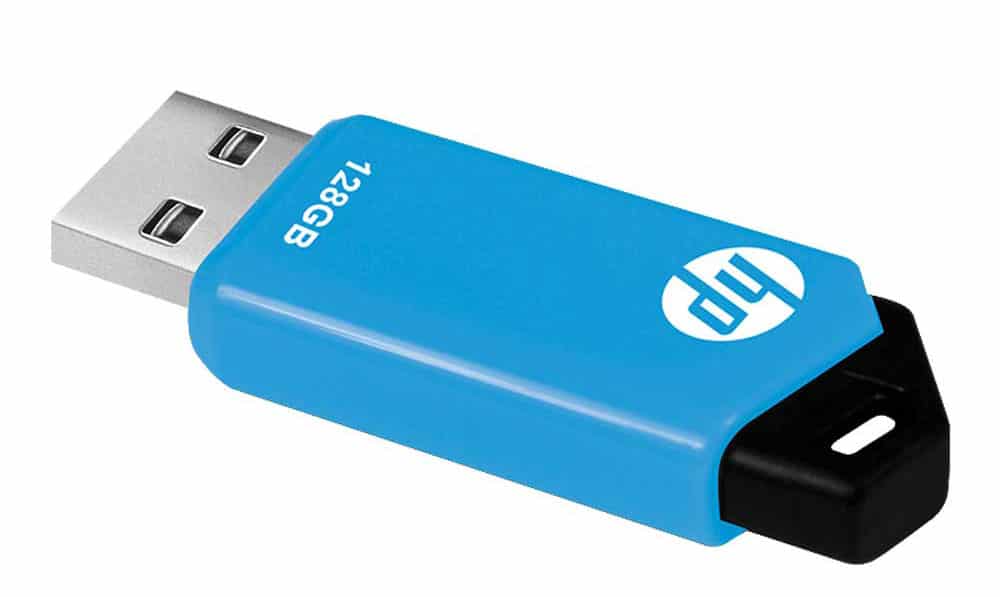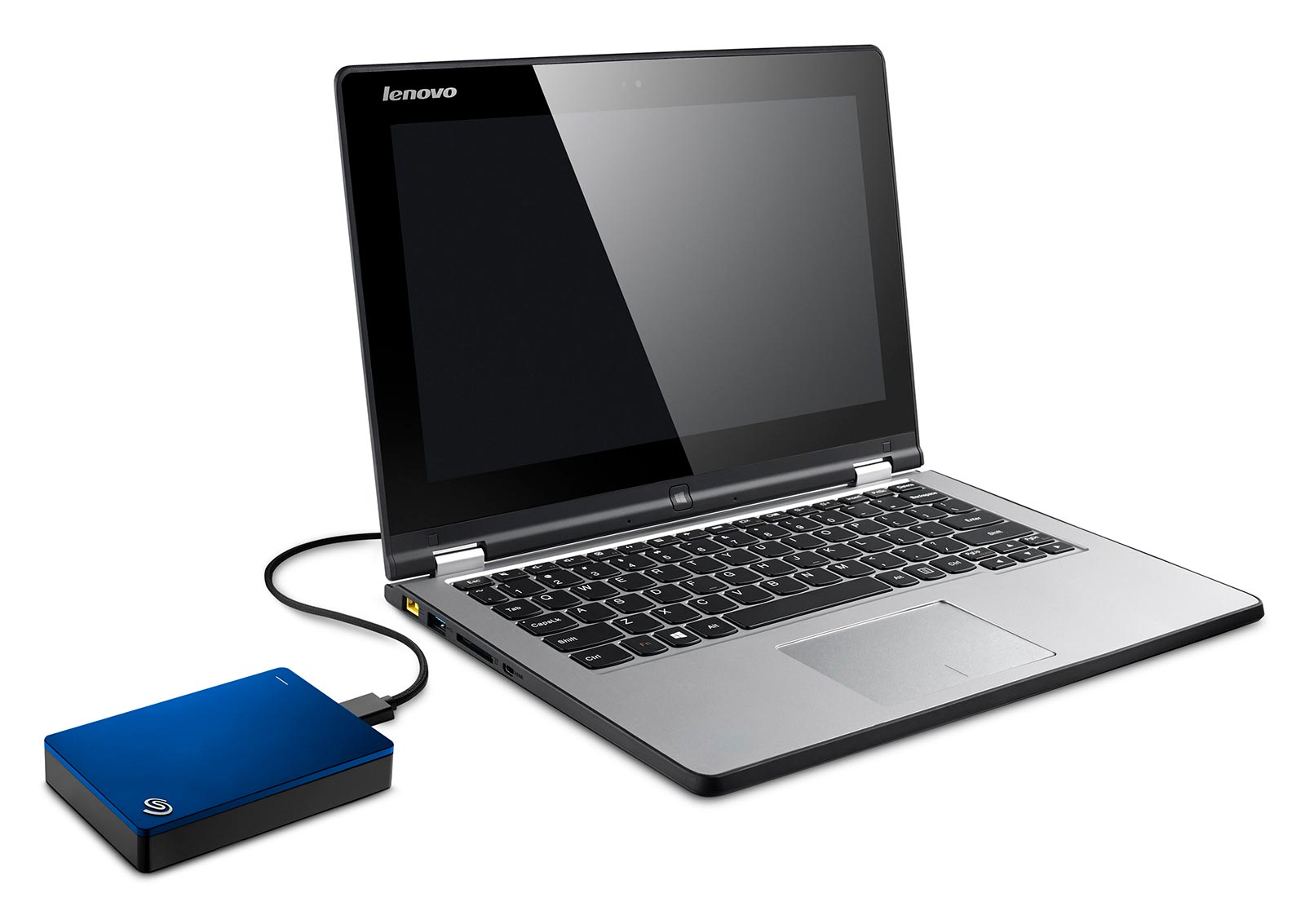March 31 is World Backup Day, so take a moment to make sure your important files are somewhere that matters.
If there’s one thing you can learn about the reliability of computers and phones, it’s that for as reliable as they can be, they can also reliably break down, and take out your files with them. It doesn’t matter how much you spend on a device — whether it’s budget or flagship — something bad can happen, and take out your data with it.
The unfortunate reality is that as good as hardware is — and it has improved greatly over the past few years — it can still fail. It means that your phone’s storage can die, as can the drive inside your computer, meaning if you haven’t backed up, recovery can be difficult.
Needing backups goes beyond mere hardware failure, because you’ll want them in case you accidentally make a mistake, if anyone accidentally deletes anything, or if you have the misfortune to open an internet nasty such as ransomware.
There are plenty of reasons to keep backups, but you just need to remind yourself to do it, and then do it.
Fortunately it’s not hard, and whether you have files on a phone or a computer, you can back up somewhere in your life easily, and possibly for not much money.
Here are three ways to make that possible regardless of the device you use, be it phone, tablet, computer, or Android, iOS, macOS, or Windows.
Back up to a cloud service
As we’re all netizens these days, often the most direct way to back up your life, files, photos, and more is to use a cloud service, as this can provide free space to work with in a small size, and much more at a cost.
Services such as Apple’s iCloud, Google Drive, Microsoft’s OneDrive, or other platforms such as Box and Dropbox provide a small amount of storage for free, and then even more if you don’t mind paying for the privilege.
Each offers apps for the respective mobile operating systems — iOS and Android — and they can also be accessed using a web browser. And thanks to how modern web browsers can upload files in bulk, you typically just have to select some files or folders, and then upload, providing a place for you to store those files.
Depending on the services you subscribe to, you might even get cloud storage bundled in, such as how Apple One includes gigabytes for use on iCloud with each account.
Back up to a portable drive

Next up is a portable drive, and these come in three varieties: thumb drive, portable hard drive (HDD), and portable solid state drive (SSD).
You’ll know the first easily, because thumb drives are largely ubiquitous. They’re the small sticks we used to carry with us, and some of us still do, offering as much as 512GB of storage with relatively speedy flash media, though limited to the speeds of a USB port.
The smaller the drive, the lower the price, but these have the convenience of being small and often able to be thrown on a keyring, making them ideal for backup you intend to keep with you.
Next up is a portable hard drive, and again, you’ll probably know these as the backup that offers the best value for money. You can typically find 1TB (1024GB) for just over $50 in Australia, while 2TB (2048GB) is often under $100, while 4TB (4096GB) can be had for under $150.
Portable hard drives are smallish, a bit like a phone but a little wider, and plug into USB, offering proper value for money on how many megs and gigs that you get.
The downside of portable hard drives isn’t the value, but rather the speed: hard drives aren’t as fast as flash media, and so even when plugged into fast USB ports, you don’t typically see a tremendous burst of speed. Portable hard drives are great for backing up a lot of files, provided you don’t have a time constraint.
Finally, there’s the portable solid state drive, also known as a portable SSD. These are the modern drives we typically review, and include options like Samsung’s T7 SSD and WD’s My Passport SSD, both of which compete against each other quite well.
Much like the portable hard drive, a portable SSD offers a lot of storage, but also gets the benefits of the flash media, making them fast. The technology is flash-based rather than disk-based, and much like how your phone and modern laptops like the MacBook Air provide near instantaneous file access, so too does a portable SSD.
In short, if you want your backups to fly with plenty of storage, you typically want to look to a portable SSD.
Back up to a network drive
While the cloud service is the one most of us will use, and the portable drive is easy to back up to, a network drive is often a great option for the entire family.
This approach typically uses hard drives but can use solid-state drives, and basically leaves an appliance in the home that you back up to either on demand, or if you’ve scheduled it.
Nearly every hard drive maker has two options, with a BYO variety allowing you to bring your own drives and make it the size you want, or one that comes preconfigured for the purpose, the latter of which is ideal for the general average buyer.
Network drives, also known as a “NAS” or “Network Attached Storage” typically plug into your network using a network cable, and basically provide your home network with a drive to back up to. They can even be set up so that not only your computer has access, but your phone, and remotely.









